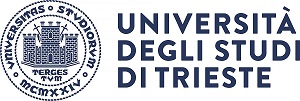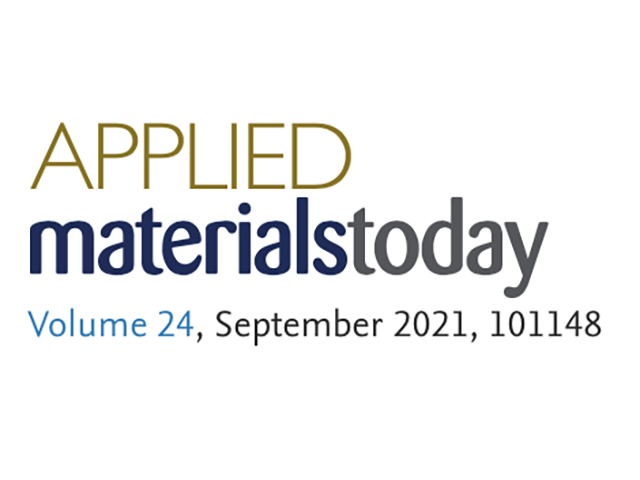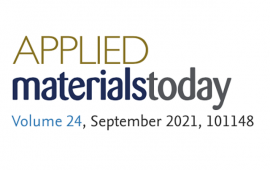Abstract
Chronic wounds deeply invalidate patient's quality of life, involving very high costs for the medical system. Numerous wound dressings have been studied over the years, and active wound dressings replaced traditional passive dressings to promote tissue regeneration and wound closure. Aiming at an optimal reproduction of the physiological environment, electrospun wound dressings are emerging since they mimic the architecture of the extracellular matrix and provide a large contact surface area, enabling exudate absorption and permeability as well as good conformability to the wound site. The use of polysaccharides offers an excellent biomimicry, as they ensure good biocompatibility, biodegradability, and non-immunogenicity. Furthermore, they possess bioactive properties, such as antimicrobial, anti-inflammatory, and antioxidant properties, which can promote and enhance the healing process. The aim of this review is to present the morphological, physical, and chemical features of an ideal wound dressing together with the traditional and the current strategies, and the already commercialized wound dressings. Moreover, the review is focused on the preparation of polysaccharide-based electrospun nanofibrous devices and on the strategies for the modulation and improvement of membrane stability and bioactivity. Lastly, a comprehensive consideration on the process and requirements that lead to the commercialization of the wound dressings is reported.
Last updated on: 12/15/2021 - 12:11



